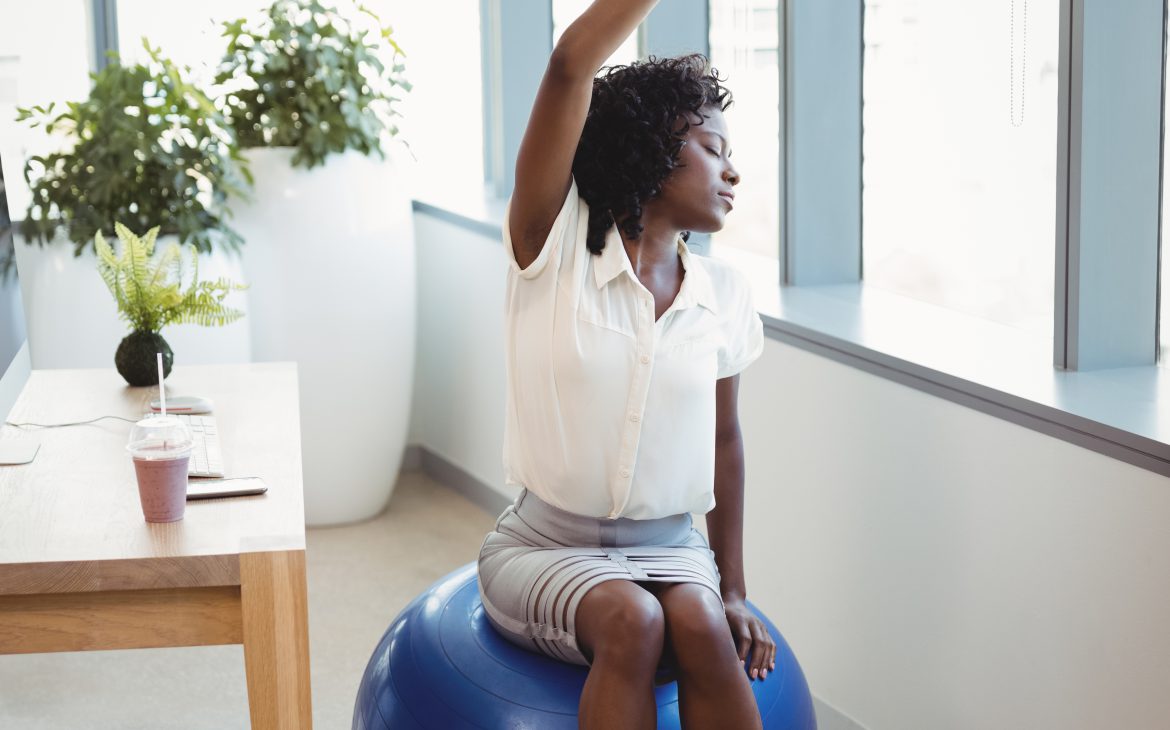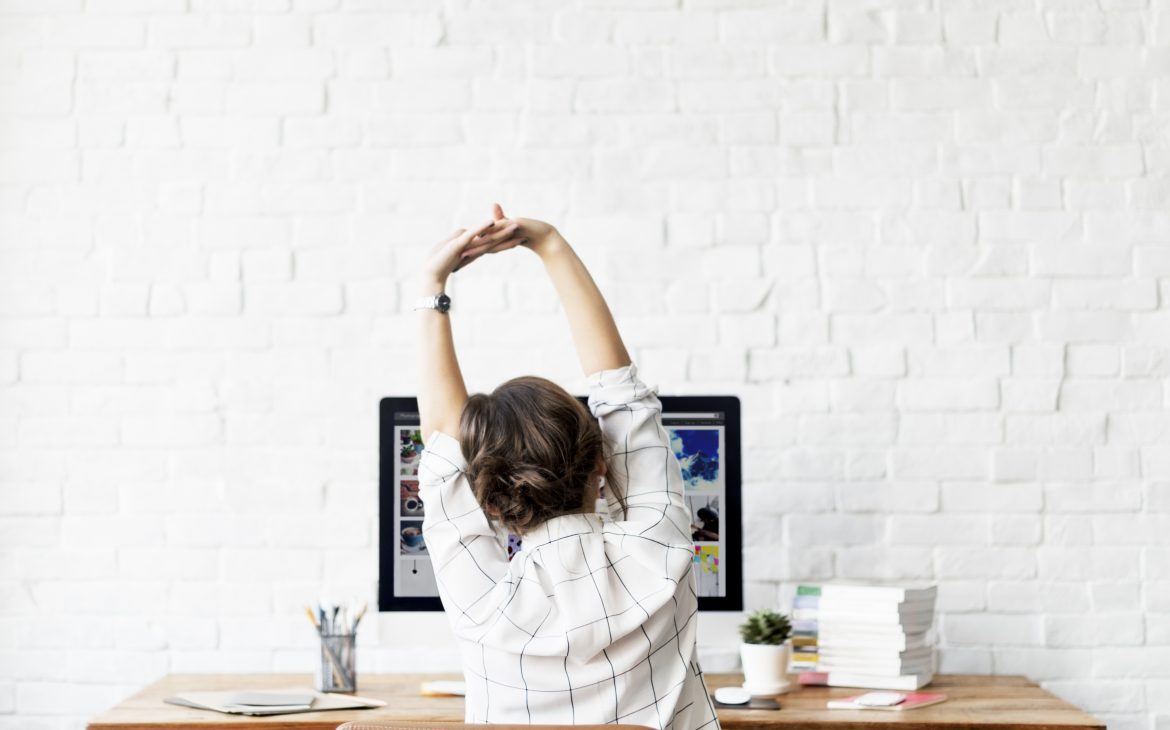There are many reasons why exercising is important to keep us balanced in our personal lives. However, when it comes to working hours, a lot of companies don’t realize how encouraging employees to take the time to do physical activities can positively reflect on their productivity, mental health and even to the work environment as a whole.
In more modern companies, such as tech ones and startups, workplaces are becoming aware of this and adding workout sessions in allocated times or even building up small gyms for the office. A recent study from Bristol University tested the impact of a workplace that offers those facilities to their employees and the results were highly positive. Employees that have a routine that includes exercising improved their concentration, focus and also were able to relieve their stress and lower their anxiety.
Another interesting result following a survey with those employees is that they felt guilty to leave their desk in order to have a workout session. That may be the reason why so many people, even with the opportunity to exercise during work hours rather stay in their desk, a mindset that companies should try to change by showing that skipping work for 20 or 30 minutes may actually bring more results to their day.
Working at a computer
When working at an office, there are several instructions in relation to Health and Safety. Taking a 5 minutes break every hour in order to leave your desk and resting your eyes from any screens, having the correct posture in front of a computer, using your laptop with support for the wrists and stretching during work are few of the main recommendations an employee receives, especially when working in front of a computer screen.
However, those tips are not always taken in consideration in a busy or stressful day, even though following them would avoid all the neck, wrist, arms and back pains or repetitive strain injury, a very common illness that the millenniums face for spending so much time on their phones and computers.
How to avoid repetitive strain injury?
In a recent study published via the Irish Health and Safety Executive (HSE) indicated that this injury affects around 730 working people in every 100.000. How to avoid it requires a light type of exercising and the willingness to do it at least once every hour. Stretching your wrist and your arm is a way of staying out of the statistics. Below we give you three simple examples of exercisings to do at the office.

Turning the wrists
- Sit or stand with your spine erect and extend your hands forward at the shoulder level;
- Fold each palm into a fist;
- Keeping your elbows stable, turn your wrists to the left, to the right, and then flex down;
- Repeat it in the other direction.
Exercise with a ball
- Place your wrist on top of a tennis ball, with the palm facing down;
- Apply a little pressure and roll your wrist and forearm in a circular motion;
- Do the same with the other hand.
Stretching the wrist
- Extend your arm with the palm of your hand facing up
- With the other free hand, gently press your fingers down, until you feel a stretch;
- Gently pull your fingers back toward your body. Hold this position for 15 seconds;
- Do the same with the other hand.
Meditate
Meditation is also a form of exercise and it can be extremely helpful to increase employees productivity, focus and to help them reach better results at work. Encouraging meditation at a workspace it can benefit their mental health, decreasing stress and even helping to find alternative solutions in moments of crises.
Following a recent study from the University of Waterloo, it was proved that practising as little as 25 minutes of meditation per day can “boost the brain’s executive functions, cognitive abilities linked to goal-directed behaviour and the ability to control emotional responses and habitual thinking patterns and actions”. Specialists also say that meditation also helps increase memory and cognitive thinking.
Little changes, big results
When you have a steady work routine it is common to be more and more used to not planning anything beside it. However, small changes can have great effects on your health.
Taking the lift all the time and be sitting down for 8 or more hours on a row may have become part of your daily habits _and that is not good. While Stanford University recently published studies that directly correlate walking and creativity, scientists at Northwestern University presented data that exercising helps those who battle against chronic insomnia.
Take the stairs and, if you leave close to your workplace, try to walk at least on your way to work or on way back home. Exercising not only improves your productivity but also your life outside work.

